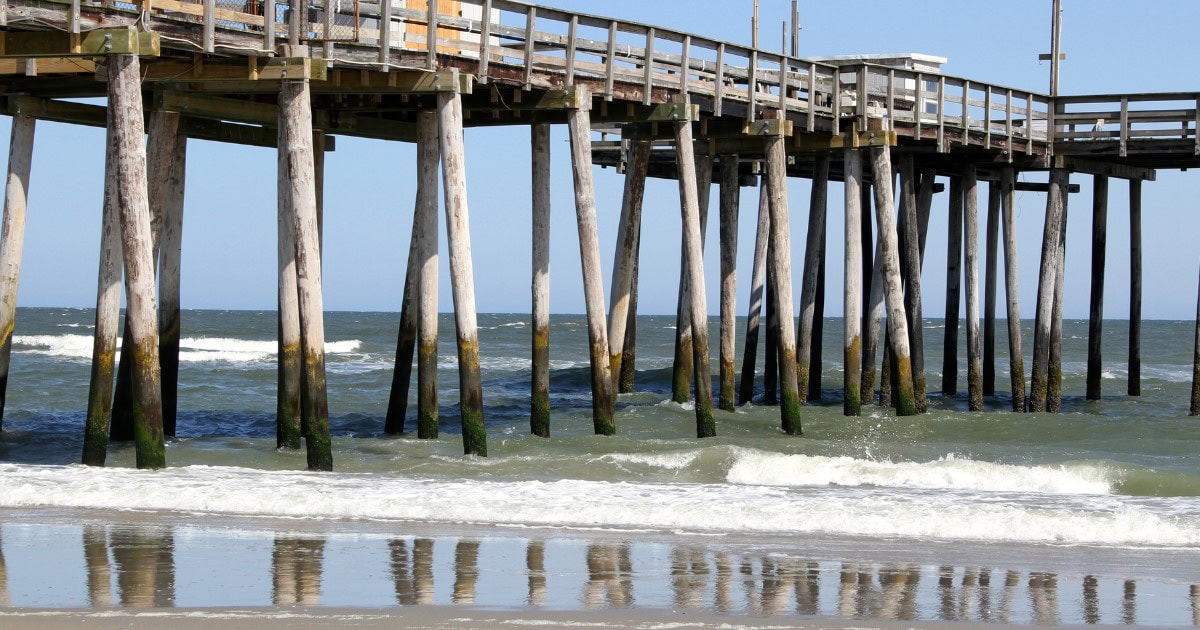
Life beside the sea: How could Millennials and Gen Z help seaside towns thrive?
In the 19th and early 20th centuries, Britain’s coastal towns were thriving. Their popularity with the country’s holiday makers, combined with booming ports and fishing industries, gave them a prominent place on the UK’s economic stage.
But in the 1970s, the tides changed. The development of affordable means of international travel caused domestic tourism to plummet, taking with it the wealth of these once beloved summer spots – this was also exacerbated by the migration of key fishing, ports, and shipbuilding industries overseas. Coastal residents were left with limited employment opportunities and the areas significantly deteriorated. In the last 20 years, however, we’ve seen a revival of these towns.
Brighton and Margate are the epitomes of this wave of positive change, and Millennials and Generation Z play a far greater part than you might think.
Margate and Brighton have rebranded. They weren’t always the bustling staycation hotspots we see today. And they certainly haven’t always drawn in swathes of tourists each year – not since the Victorian times anyway! Even then, it wasn’t Millennials and Gen Zers flocking to the sea.
So, how did Brighton and Margate do it? Through affordable housing, sustainable tourism, and cultural rejuvenation.
Sustainable tourism
Back in 2019, in a comprehensive Holiday Trends Report by The National Coastal Tourism Academy (NCTA) found that Millennials were the most likely to holiday in the UK, making them the most important demographic to capture.
To attract a new demographic, towns and tourism industries need to speak to their needs – for Millennials and Generation Z, sustainability is key. Studies show that 62% of Gen Zers and Millennials prefer buying from sustainable brands, whilst 73% are willing to pay more for sustainable products. Shops and boutiques could fill their shelves with ethically sourced products or those made from sustainable and recyclable materials. Restaurants could also offer vegetarian and vegan options.
According to Finder, more than a quarter of Gen Z are following a meat-free diet, with a further quarter intending to go veggie, pescatarian, or vegan this year. Millennials aren’t far behind Generation Z, with over one in five eating a meat-free diet and a further 17% planning a shift to meat-free diets this year. By not having vegetarian and vegan options on the menu, restaurants face potentially turning away over 35% of this target demographic.
Affordable housing
A key factor for an influx of Millennials and Generation Z is affordable housing. It seems obvious but worth saying: if towns want to welcome this crucial demographic, it needs to be affordable for them to live there.
New-build homes and new housing developments offer the prospect of homeownership, with schemes like Shared Ownership helping Millennials and Gen Zers get on the housing ladder. If you’re looking for a coastal property for sale, we list plenty of Shared Ownership homes for sale by the sea, including new-build homes in Bournemouth and other beautiful locations like coastal Yorkshire, Norfolk, and Suffolk.
Cultural revival
Affordable housing attracts artists. It’s widely understood that the crucial factors in the revival of Margate and Brighton were their cultural revolutions. Careers in the arts are typically lower paid – and in some cases, not paid at all – with young, budding artists often having to subsidise their incomes with part-time jobs and casual contracts (which are also typically less lucrative). Cheaper housing means a far better quality of life, as rent makes up the brunt of the cost of living.
When there’s a high concentration of artists in an area, their creativity naturally infuses into the local culture – by flooding local galleries and murals with their work, contributing to the local music scene, and increasing demand in cultural events like exhibitions, cabaret, and theatre.
This artistic enthusiasm draws in a wide demographic, bringing with them their experience of the heritage and traditions of the area. The result: a flourishing arts scene and an exciting place for younger tourists to visit. The domino effect leads to structural arts investment, which increases all forms of tourism and, therefore, economic prosperity. Take Margate, for example, where arts-led investment regenerated the high street. The opening of the Turner Contemporary Art Gallery in 2011 welcomed 1.8 million visitors in its first four years and generated over £20 million for the local economy.
Do you want to live beside the seaside?
Seaside communities can and will thrive again, and the key to this regeneration is held by young people. Making an environment more hospitable to Millennials and Generation Z benefits all members of the local community. So, how do you start? By speaking to them. Invite them to engage with development at the planning stage, making them important stakeholders in new builds and coastal community projects to restore these once-loved sandy havens to their rightful, former glory.